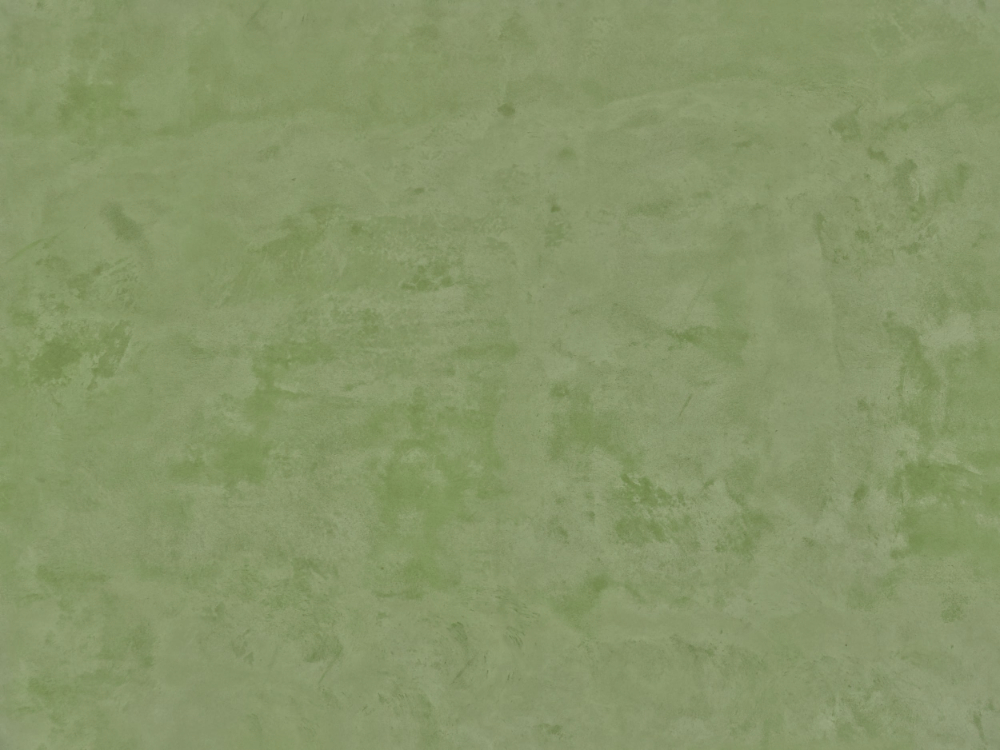Venetian Plaster
Category
Finishes
Download
Edit
Dating back millennia to Indian temples, Egyptian tombs and ancient Greek and Roman urban architecture, plaster is a protective coating applied to walls and ceilings to protect the surfaces from damage, add a decorative coating to a feature wall, or provide a smooth finish to an otherwise rough structure such as concrete blockwork, stock bricks or timber sheeting.
Venetian plaster is the term given to a particular application of aggregate free lime plaster, a mixture of water and lime, commonly crushed limestone or chalk, improving adhesion and weather resistance. When it is heavily layered as is definitive of Venetian plaster, it creates patches of differing tones and shades due to the different drying rates of the rich layers combined with the oxidisation of the lime plaster when exposed to air, turning the damp putty back to limestone as it dries. The multitude of layers help improve longevity and reduce the impact of scrapes and scratches: Modern lime and Venetian plater are durable and resilient, being easy to wipe clean, or have scrapes and marks removed by sanding or light cleaning, without the need to completely re plaster the whole area or surface, due to advancements in plaster mixes and technology. This allows for quick and easy fixes, where a damaged portion can easily be re-plastered and blended in to the existing wall, while being as flexible and easy to apply as most paints. Lime plasters are also breathable and nontoxic, making them environmentally sustainable and moisture and mould resistant as they allows moisture to escape from the substrate without building up. The use of plaster is becoming considerably more common now thanks to contemporary technology; lime plasters are much easier to apply and more durable than traditional variants.
Typically applied to walls and ceilings internally, lime plaster is an excellent natural material pairing for offsetting other natural materials such as stone, timber and metals. The neutral, cool, Earth tones and gentle enhancement of natural light are make Venetian plaster a popular choice for background walls holding paintings and artwork in galleries, for calming environments in care settings, or reducing stress in education establishments and workplaces, establishing visually quiet, relaxed atmospheres. This is enhanced by Venetian plaster’s renowned play with light, where the intensive layering of thin, semitransparent coats form an iridescent sheen.
This particular Venetian plaster is a pastel, orange-brown clay tone with brighter, darker red and brown shaded highlights and lighter, off-white, cream and light orange tones. Lime plaster is often sought after for bright, light, airy domestic and public spaces due to the dynamic, visually stimulating changes of colour between warm light and shimmering reflections, creating a light, tranquil feel. Contemporary uses of Venetian plaster in minimalist spaces simultaneously bring warmth and a focus to the locations in which it is specified.
A seamless finishes texture with a venetian plaster surface. Seamless textures can be tiled repeatedly across a surface without visible seams making them useful for architectural drawings and 3D models. This image can be used as a SketchUp texture, Revit material or imported into Photoshop for use in 2D illustrations. A high resolution version of this texture is available, as well as CAD hatches and PBR maps with Architextures Pro.

